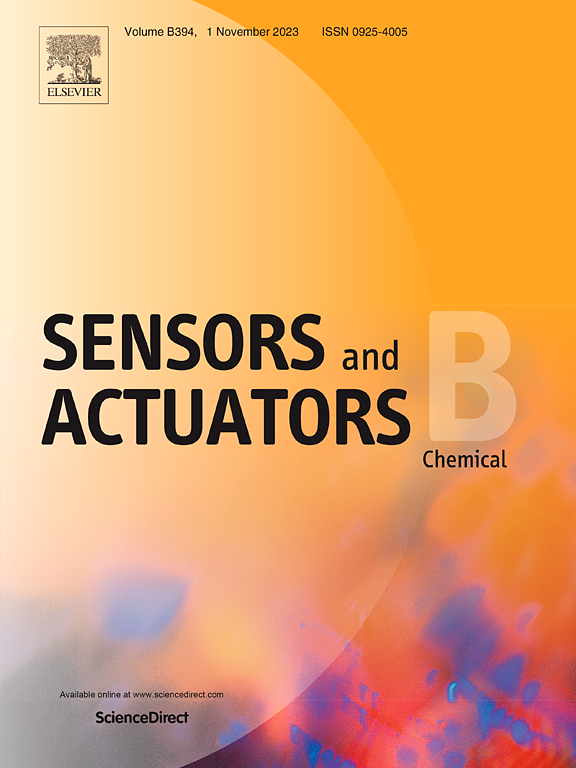基于配体的集成电化学皮质醇检测传感器的系统优化
IF 8
1区 化学
Q1 CHEMISTRY, ANALYTICAL
引用次数: 0
摘要
本文介绍了一种基于电化学适体(EAB)的皮质醇检测传感器的开发,以满足对快速、可靠的应激激素监测日益增长的需求。我们的传感器建立在一个集成的三电极系统上,采用了一个14-mer截断的皮质醇适体,战略性地选择了它的结合亲和力和皮质醇相互作用的结构切换能力,比其61-mer亲本序列具有显著的优势。传感器设计结合了适配体-皮质醇相互作用的计算分析和在薄层金电极平台上使用亚甲基蓝(MB)标记的适配体进行的实验验证。值得注意的是,我们实施了系统的两阶段实验设计(DOE)方法-优化关键因素,包括适体密度和制造条件-这是一种在EAB传感器开发中很少应用的方法。在优化条件下,通过差分脉冲伏安法(DPV)峰值电流测量实现皮质醇定量,实际检测范围为10-500 nM,检测限为4.6 nM,适用于生理相关的皮质醇监测。计算设计、系统优化和简化传感器架构的成功集成展示了开发高性能、即用型生物传感器的稳健方法,为未来的即时诊断平台提供了有价值的模板。本文章由计算机程序翻译,如有差异,请以英文原文为准。

Systematic Optimisation of an Integrated Electrochemical Aptamer-Based Sensor for Cortisol Detection
This paper presents the development of a self-contained electrochemical aptamer-based (EAB) sensor for cortisol detection, addressing the growing need for rapid, reliable stress hormone monitoring. Built on an integrated three-electrode system, our sensor employs a 14-mer truncated cortisol aptamer, strategically selected for its enhanced binding affinity and structure-switching capability upon cortisol interaction, offering significant advantages over its 61-mer parent sequence. The sensor design combines computational analysis of aptamer-cortisol interactions with experimental validation using methylene blue (MB)-labelled aptamers on a thin-layer gold electrode platform. Notably, we implemented a systematic two-stage design of experiments (DOE) approach - optimising critical factors including aptamer density, and fabrication conditions - a methodology rarely applied in EAB sensor development. Under optimised conditions, cortisol quantification was achieved through differential pulse voltammetry (DPV) peak current measurements, yielding a practical detection range of 10-500 nM with a remarkable limit of detection of 4.6 nM, suitable for physiologically relevant cortisol monitoring. The successful integration of computational design, systematic optimisation, and a simplified sensor architecture demonstrates a robust approach for developing high-performance, ready-to-use biosensors, providing a valuable template for future point-of-care diagnostic platforms.
求助全文
通过发布文献求助,成功后即可免费获取论文全文。
去求助
来源期刊

Sensors and Actuators B: Chemical
工程技术-电化学
CiteScore
14.60
自引率
11.90%
发文量
1776
审稿时长
3.2 months
期刊介绍:
Sensors & Actuators, B: Chemical is an international journal focused on the research and development of chemical transducers. It covers chemical sensors and biosensors, chemical actuators, and analytical microsystems. The journal is interdisciplinary, aiming to publish original works showcasing substantial advancements beyond the current state of the art in these fields, with practical applicability to solving meaningful analytical problems. Review articles are accepted by invitation from an Editor of the journal.
 求助内容:
求助内容: 应助结果提醒方式:
应助结果提醒方式:


